
views
Understanding Bright's Disease (Glomerulonephritis)

Learn the contemporary terms. Though initially named after the disease's discoverer, the term "Bright's disease" has largely been removed from contemporary medical literature and discussions of kidney disease — in fact, your doctor might not know what you are referring to if you use it. Instead, Bright's disease as a diagnosis has been superseded by the contemporary medical terms "nephritis" or "glomerulonephritis" (GN). The term Bright's disease is most often found today by people researching their genealogy.

Understand the underlying causes. There are two types of GN: acute and chronic. Acute GN may be caused by some other illness like strep throat or granulomatosis with polyangiitis. Chronic GN can run in families, but often the cause is not known. A person may suffer an acute attack and then develop chronic GN later on. Other causes may include: Lupus Bacterial endocarditis Viral infections (such as (HIV, hepatitis B, and hepatitis C) Goodpasture's syndrome Polyarteritis Diabetic kidney disease Focal segmental glomerulosclerosis
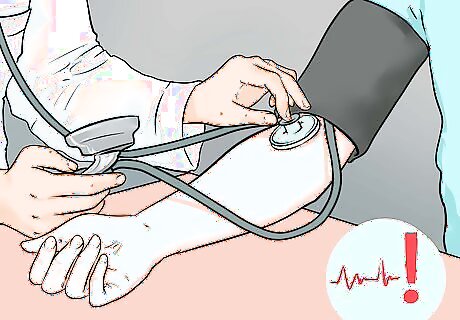
Know the effects. Chronic kidney diseases affect the kidney's ability to function at a normal, healthy level. The loss of kidney function has subsequent effects on the rest of the body, including the body's ability to: Filter waste out of the blood Maintain normal blood pressure Produce vitamin D Produce erythropoietin, which helps produce red blood cells
Diagnosing Bright's Disease (Glomerulonephritis)
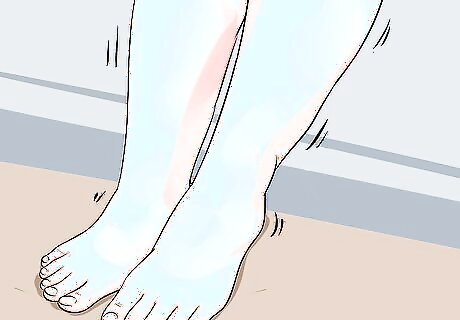
Identify the symptoms. GN has some variance of symptoms, depending on the particular causes and conditions of the disease; however, the typical symptoms include: Pink or cola-tinted urine, caused by red blood cells in the urine Foam in the urine caused by excessive protein content High blood pressure Fluid retention, especially in the face, hands, feet, and abdomen Weight gain (mainly caused by fluid retention) Fatigue, usually accompanied by anemia and/or kidney failure
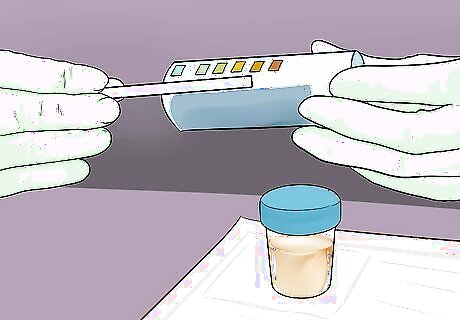
Get tested. In addition to the presence of telling physical symptoms, there are a number of tests that can confirm a diagnosis of GN. Common tests include the following: Urine analysis to check for red and white blood cells, increased protein levels, or increased levels of creatinine and urea Blood tests to measure for levels of waste products like creatinine and blood urea nitrogen Ultrasound Biopsy of the kidney
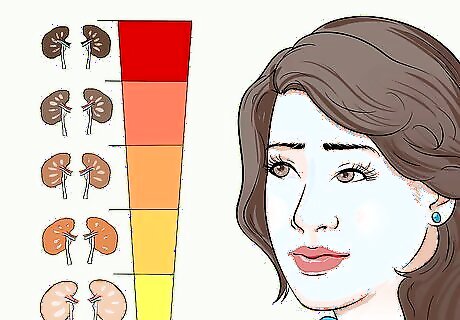
Recognize the stages of kidney disease. Kidney disease is categorized as a chronic and progressive disease. Each stage of the disease is marked by its own symptoms and the gradual loss of kidney function, measured by the kidney's Glomerular Filtration Rate (GFR). The stages of kidney disease are: Stage one — Marked by mild symptoms and normal GFR of at least 90 percent of normal kidney function. Stage two — Marked by mild symptoms and reduced GFR, with the gradual reduction of kidney function to between 60 and 89 percent of normal function. Stage three — Marked by moderate symptoms and significantly reduced GFR, with kidney function ranging between 40 and 59 percent of normal function. Stage four — Marked by severe symptoms and drastically reduced GFR, with kidney function ranging between 15 and 29 percent of normal function. Stage five — The kidneys operate at less than 15 percent of normal function.
Treating Bright's Disease (Glomerulonephritis)

Treat underlying conditions. Because many cases of GN are caused by underlying conditions, your treatment plan may include treating those conditions. This treatment plan will vary, depending on what conditions are causing your kidney disease. Talk to your doctor about your condition, and understand how it may impact your kidney health.

Control the immune system. Medications like corticosteroids can help decrease immune system responses like inflammation, which is a common problem for people with kidney diseases and disorders; however, corticosteroid use carries the risk of significant side effects, including increased appetite/weight gain, sudden and significant mood swings, delayed healing of injuries, weakened bones, diabetes, and high blood pressure.
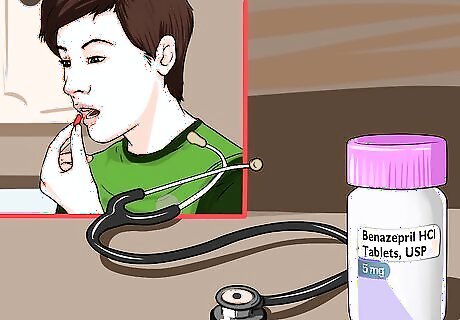
Take blood pressure medication. Chronic kidney diseases often affect the body's ability to regulate its blood pressure. Because of this, many treatment plans include taking blood pressure medication. In addition to regulating the body's blood pressure, these medications can also reduce the amount of protein released through your urine, which may help you manage the symptoms of the disease. Common blood pressure medications prescribed to treat kidney diseases like GN include benazepril (Lotensin), captopril (Capoten), and enalapril (Vasotec). Some doctors may also prescribe angiotensin II receptor blockers like losartan (Cozaar) and valsartan (Diovan) to achieve similar results.
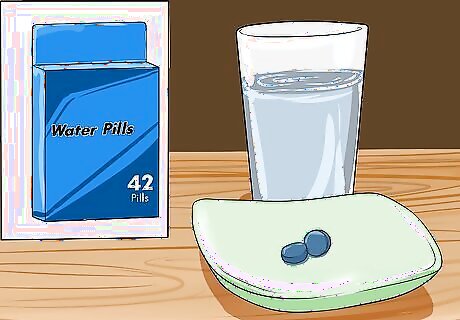
Try water pills. Diuretics like water pills can help reduce water retention. Decreasing water retention will help manage swelling in the body and can increase your kidneys' ability to function by increasing water output. Common water pills prescribed for kidney diseases include furosemide (Lasix) and spironolactone (Aldactone).
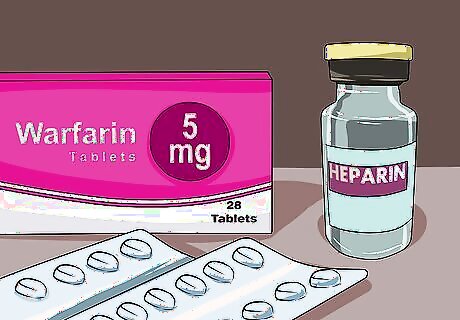
Use blood thinners. Blood thinners, also known as anticoagulants, reduce your blood's ability to form clots, which may help prevent blood clots in your body (specifically the kidneys). This may help manage the symptoms of kidney disease and improve your kidneys' ability to function. Common anticoagulants prescribed to treat kidney diseases include heparin and warfarin (Coumadin).
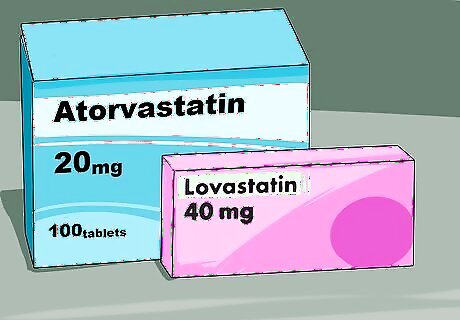
Reduce your cholesterol. The efficacy of taking cholesterol medication (also known as statins) for kidney disease is unclear; however, some studies suggest that taking cholesterol medications may help reduce the risk of death in some people. Commonly-prescribed statins for people with kidney diseases include atorvastatin (Lipitor), fluvastatin (Lescol), and lovastatin (Altoprev, Mevacor).
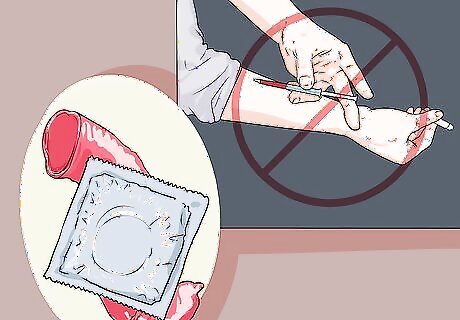
Make lifestyle changes. There is no known way to prevent all types of kidney disease. But some studies suggest that practicing good hygiene — including engaging in safe sex and refraining from intravenous drug use — may help prevent viral infections (such as hepatitis and HIV) that could eventually lead to chronic kidney disease.

Change your diet. Some people find that making dietary changes can help manage some of the symptoms of GN. Common dietary recommendations for people with kidney diseases include: Choosing lean protein over fatty proteins Lowering the overall consumption of fat and cholesterol in the diet Maintaining a low-salt diet Reducing potassium in the diet Maintaining a healthy, manageable body weight Avoiding smoking














Comments
0 comment